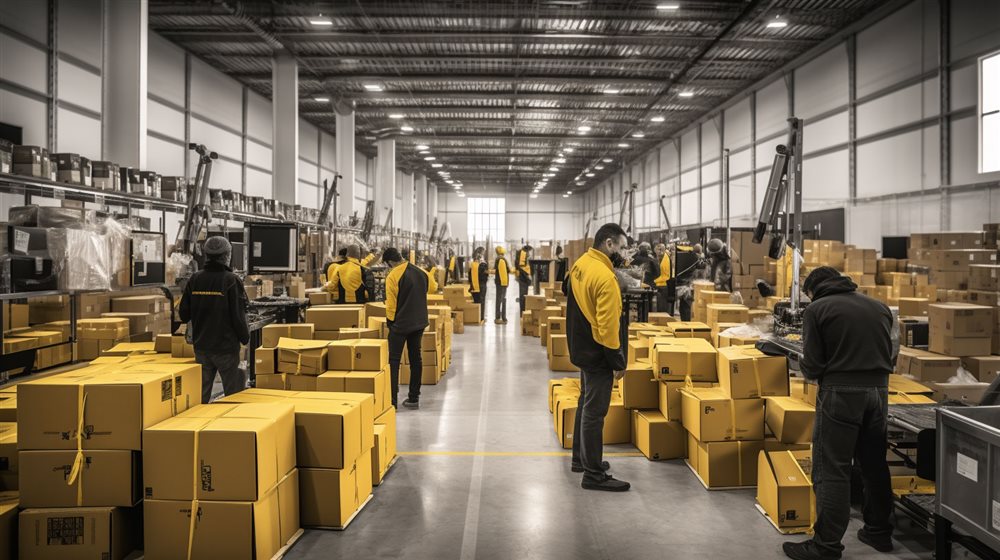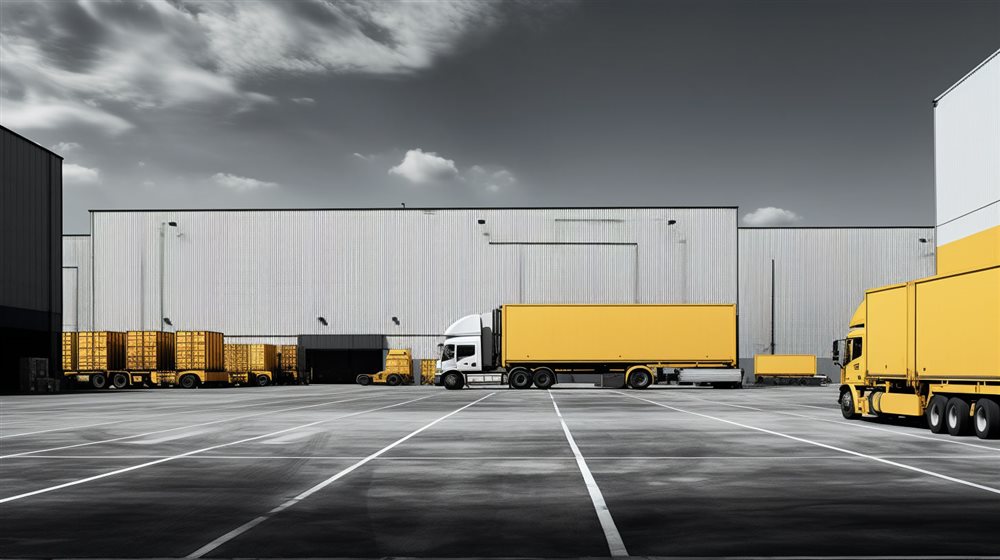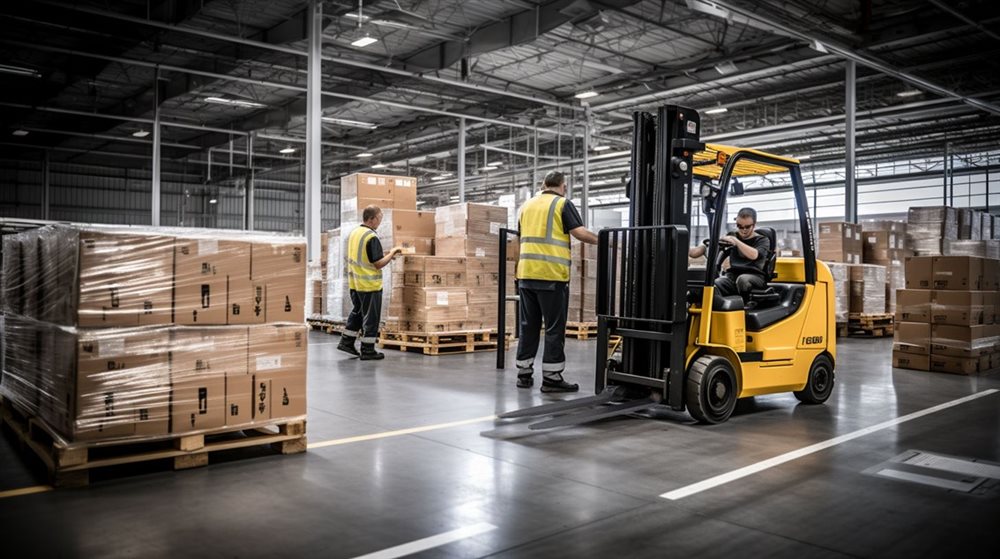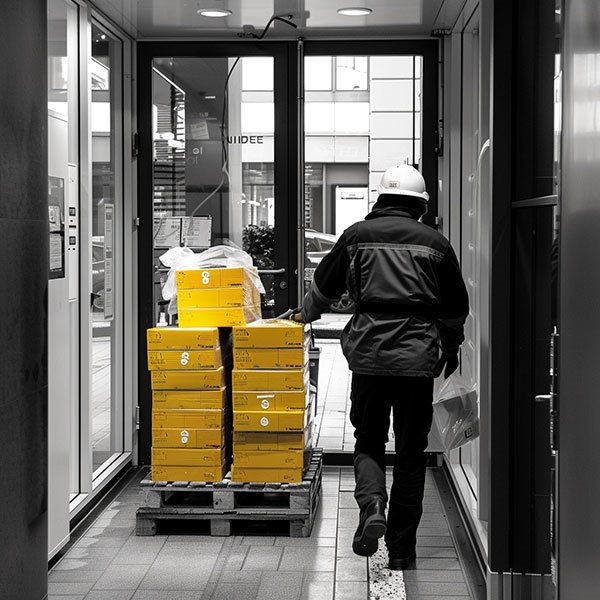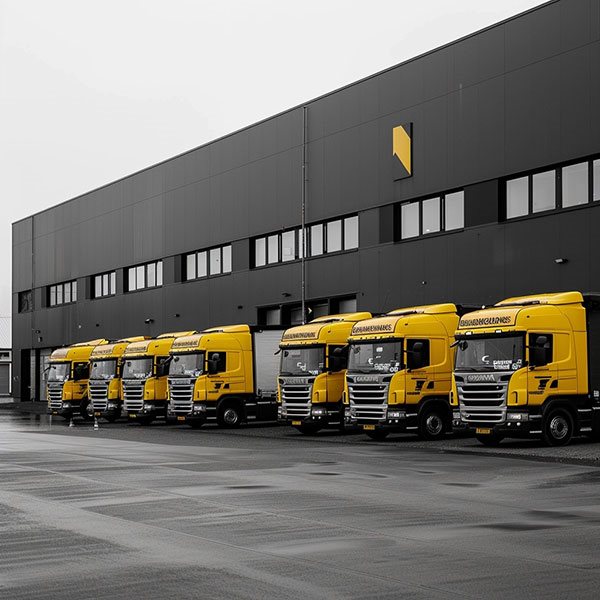In today’s competitive business landscape, optimizing logistics operations is crucial for companies looking to improve efficiency, reduce costs, and enhance customer satisfaction. One effective strategy to achieve these goals is through warehouse consolidation and re-consolidation services offered by logistics companies. This approach significantly impacts both Full Truckload (FTL) and Less than Truckload (LTL) shipments, offering a myriad of benefits for clients. This article delves into how these services work, their advantages, and the stages involved in the consolidation process.
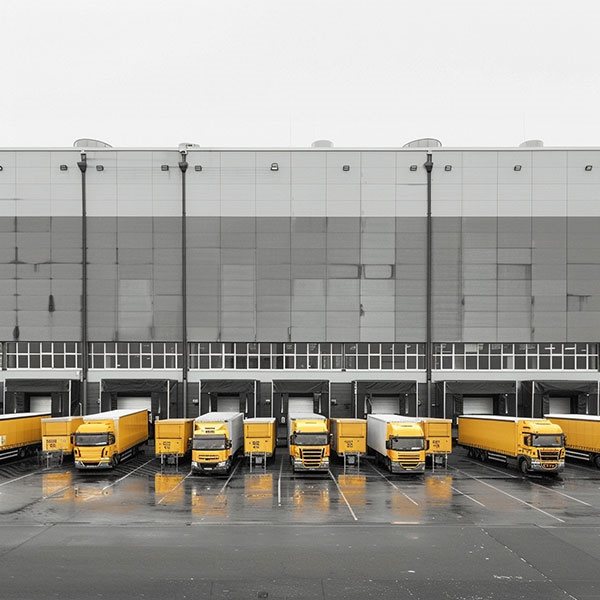
What is Warehouse Consolidation and Re-consolidation?
Warehouse consolidation involves combining multiple smaller shipments into a single shipment to maximize truckload capacity, thereby transitioning FTL shipments into larger, more cost-effective LTL shipments. Re-consolidation further refines this process by assessing and reorganizing shipments at intermediary points to ensure the most efficient delivery routes and methods are used. This strategy not only streamlines the shipping process but also contributes to sustainability by reducing the carbon footprint of logistics operations.
Impact on FTL and LTL Shipments
For FTL Shipments
- Cost Reduction: Consolidating multiple FTL shipments into larger LTL shipments can lead to significant cost savings. It allows businesses to share the transportation costs, making it more economical than shipping smaller, individual loads.
- Improved Efficiency: By maximizing the truckload capacity, companies can reduce the number of trips required, thereby optimizing fuel usage and minimizing the time trucks spend on the road.
For LTL Shipments
- Enhanced Delivery Speed: Consolidation can lead to faster delivery times for LTL shipments. With more goods moving together, logistics providers can optimize routes more effectively, reducing transit times.
- Increased Reliability: Consolidated shipments often result in fewer handling stages, decreasing the chances of damage or loss and improving overall shipment reliability.
Stages of Consolidation
The consolidation process involves several key stages, each designed to optimize shipments for cost, speed, and efficiency:
- Collection and Initial Sorting: Goods are collected from various sources and initially sorted based on their destination regions.
- First Consolidation Point: At this stage, goods destined for similar areas are grouped together into larger shipments.
- Transport to Re-consolidation Hub: The consolidated shipments are then transported to a central hub, where they are re-assessed for further consolidation opportunities.
- Final Consolidation and Distribution: Finally, shipments are organized into their most efficient configurations and dispatched for delivery. This may involve combining goods into larger LTL shipments or redistributing items for the most effective route and delivery method.
Benefits of Warehouse Consolidation
Reduced Operating Costs
Consolidating warehouse operations can significantly lower storage and inventory management costs. By centralizing goods in fewer locations, companies can streamline their inventory systems, reduce overhead expenses, and improve overall operational efficiency.
Optimized Inventory Management
A consolidated warehouse strategy simplifies inventory tracking and management, providing a clearer overview of stock levels and reducing the risk of overstocking or stockouts. This leads to more accurate forecasting and inventory control, enhancing the ability to respond to market demands.
Enhanced Customer Service
With goods consolidated and re-consolidated efficiently, companies can offer more reliable delivery times and improve their service levels. Faster, more dependable shipping enhances customer satisfaction and can give companies a competitive edge in the market.
Sustainability Benefits
Consolidation and re-consolidation contribute to more sustainable logistics practices by reducing the number of vehicles on the road, leading to lower greenhouse gas emissions. This not only benefits the environment but can also enhance a company’s brand image as eco-conscious consumers increasingly value sustainability.
Flexibility and Scalability
A consolidated warehouse system offers greater flexibility and scalability to businesses. It becomes easier to adjust operations based on seasonal demand fluctuations, new market entries, or changes in product lines, supporting long-term business growth and adaptability.
Warehouse consolidation and re-consolidation services present a strategic advantage for companies navigating the complexities of modern logistics. By optimizing FTL and LTL shipments, businesses can achieve significant cost savings, improve delivery reliability, and enhance operational efficiency. Moreover, the consolidation process supports better inventory management, contributes to sustainability efforts, and provides the flexibility needed to respond to changing market dynamics. As logistics companies continue to innovate and refine their consolidation strategies, businesses that leverage these services can expect to see continued improvements in their supply chain performance, customer satisfaction, and competitive positioning.







